Pets are curious creatures by nature, always looking for something interesting to eat. This habit can sometimes get them into serious medical trouble when they accidentally find a toxic substance. Protecting pets from household poisons is all part of being a good pet parent. Start by following these tips on hazardous substances that are commonly found right where you live.
Pain Relievers
Over-the-counter pain relievers for humans are frequently the cause of poisoning in dogs. Though some of these medications are sometimes used for veterinary care, the dosage is critical for safe administration. Tylenol, which contains acetaminophen, can cause severe liver damage. Ibuprofen, a non-steroidal anti-inflammatory drug, can cause gastric ulcers and kidney failure. Naproxen can cause stomach perforation, gastric ulcers and acute kidney failure and should never be used on dogs. If you carry these drugs in your purse, ensure that your dog cannot get at them.
Antidepressants
Increasingly, doctors prescribe antidepressant medications not only for depression, but also for a variety of other medical conditions. When pets accidentally get ahold of these medications, they may exhibit symptoms such as lethargy, vomiting and signs of serotonin syndrome, a condition that causes agitation, elevated temperatures, high blood pressure, increased heart rate, tremors, seizures and disorientation. As with over-the-counter pain relievers, these medications are often left in purses or on nightstands where pets can get into them. Take extra precautions with these medications and keep them in childproof containers on a high shelf.
Chocolate
By now, everyone knows that some types of chocolate are poisonous to dogs. However, this information has not reached the dog world, and dogs continue to take every opportunity to snap up chocolate candy, cookies and cake whenever they get the chance. Chocolate contains caffeine and theobromine, which metabolizes much more slowly in dogs than in humans. Small amounts can cause vomiting and diarrhea. Large amounts can cause serious toxicity that requires anti-seizure medications and IV fluids. Of course, dogs only know chocolate foods taste good, so they must rely on owners to keep them safe. A program for protecting pets from household poisons includes keeping these foods on high counters and shelves where pets cannot reach them.
Grapes and Raisins
Many dog owners may not yet have gotten the word on grapes and raisins being poisonous to dogs. It wasnt until about 25 years ago that documented statistics on the toxicity of grapes and raisins have been available. It is not known why these foods are toxic to dogs, but some researchers believe it may be a mycotoxin, a substance produced by a fungus or mold that causes the problem. After consumption, the dog may show symptoms of vomiting, diarrhea, abdominal pain, tremors, seizure and eventual acute kidney failure. The prognosis for recovery depends on how much was eaten and how quickly treatment was begun.
Onions
Onions can cause anemia in dogs and should not be given to them, either cooked in table foods or raw. Onions contain a substance called thiosulphate that is toxic to both dogs and cats. This substance damages the red blood cells that carry oxygen throughout the animals body. Hemolytic anemia can cause lethargy, shortness of breath, vomiting and diarrhea. As little as five grams can cause toxicity.
Xilitol Sweeteners
Xilitol is a type of artificial sweetener that is found in many foods for humans. It is often used in chewing gum, cookies, candies and products made for diabetics. Xilitol is toxic to dogs and can produce changes in blood sugar levels, vomiting, lethargy and difficulty walking. Seizures and liver failure can also result. Protecting pets from household poisons means no Xilitol, ever.
Rodent Poison
Any poison you use to kill rodents in your home or yard can be ingested by your pet with disastrous results. Your dog or cat may find and eat the poison or consume part of an animal that has eaten it. Most rodenticides contain anticoagulant compounds that cause bleeding to kill the rats or mice. Symptoms of rodent poisoning in dogs may not occur until a week after ingestion. Bright green stools and bleeding from nose, ears, rectum or other areas can occur. Get your dog to a veterinarian immediately if you see these symptoms. Always use these poisons with great caution and keep your pets out of the area.
Household Plants
Generally, grown dogs will live with plants in their houses or yards without trying to eat them. However, puppies are often more adventurous and will try a taste of anything that is remotely edible and many things that arent. Common household plants that can be toxic to dogs include philodendron, ficus, croton, Boston fern, jade plant, snake plant, schefflera, antherium, ivy, spider plant, corn plant and pothos.
In your yard, bulb plants such as amaryllis, daffodil, gladiolus, iris and tulips can be toxic to dogs if they are prone to digging them up. Asparagus fern and lace fern are also poisonous. Hydrangea, kalanchoe, foxglove, morning glory, nightshade and tomato plants can also be poisonous to dogs. Shrubs like oleander, rhododendron, yucca, holly and sago palm should also be monitored closely to ensure that dogs do not eat them. The list of plants found in fields and wooded areas is extensive and varies from region to region. If you are out in these areas with your dog, ensure that he does not sample the local (possibly poisonous) flora.
Insecticides
Insecticides can be deadly to your pets. Always remove pets from the area when using them. Ensure that toys, feeding bowls, rawhide chews and other equipment are removed to avoid contaminating them with the pesticide. Keep pets out of the area until the insecticide has completely dried. Signs of insecticide poisoning include excessive salivation, vomiting, diarrhea, tremors or seizure. Get your pet to the vet as quickly as possible if you notice these symptoms after using a home or garden insecticide. Bring the insecticide with you to the vet so that he or she can treat the animal appropriately.
Household Cleaners
Substances like ammonia and bleach are highly toxic to pets if consumed. When these chemicals are mixed together, they can produce toxic fumes that can be deadly. Chlorine products used for cleaning and pool care are also toxic. Any type of floor, bathroom or all-purpose cleaner can contain harmful amount of these substances. Cleaners should always be stored in cabinets that close securely to prevent accidental ingestion.
Antifreeze
Antifreeze contains ethylene glycol, which is extremely toxic to dogs. Generally, dogs encounter this substance when it drips from car engines. It gets left on the garage floor where the dog can lap it up. Some people use antifreeze in their toilets to keep pipes from freezing. Because antifreeze has a sweet taste, dogs may be attracted to it. However, it can affect kidneys, liver and the brain of these animals. Always store antifreeze on high shelves or in cabinets. Clean up any spills immediately. Seek veterinary attention if you suspect your dog has ingested antifreeze.
Fertilizers
Garden and lawn fertilizers can also be toxic to your pets. Though the pet may not directly eat the fertilizer compound, he can pick it up on paws, bones or toys. Always water the fertilizer to allow it to seep into the ground before allowing your pet into the area. Signs of fertilizer poisoning include drooling, vomiting, diarrhea and abdominal pain. There may also be difficulty breathing. Take your pet to the veterinarian immediately for emergency care if this happens.
Alcohol
Some manufacturers of conventional pet medications add dangerous amounts of straight grain alcohol to their products. Alcohol is a cheap preservative which allows products to be warehoused for many years with minimal spoilage. But alcohol, even in small amounts, is toxic to dogs and cats according to the ASPCA and an increasing number of informed veterinarians, animal rights organizations and medical researchers.
Makers of pet dental care products that remove plaque and tartar are among the worst alcohol abusers. Many of them spike their products with 190 proof Grain (Ethyl) Alcohol, equal to a whopping one-fourth (25% by weight) of their products ingredients. Thats like serving our beloved animal companions a 50 proof cocktail with every application.
Since our pets cant read the labels, its up to us to get informed and make the right choices. Alcohol content in popular cat and dog dental products can be as high as 25% or as low as zero. For example, here are three top selling pet dental products with alcohol content listed by percentage weight of ingredients:
PetzLife Oral Care Spray and Gel - 25% Grain (Ethyl) Alcohol
Leba III Pet Dental Spray - 25% Grain (Ethyl) Alcohol
DentaSure All-Natural Oral Care Spray and Gel - ZERO% Grain (Ethyl) Alcohol

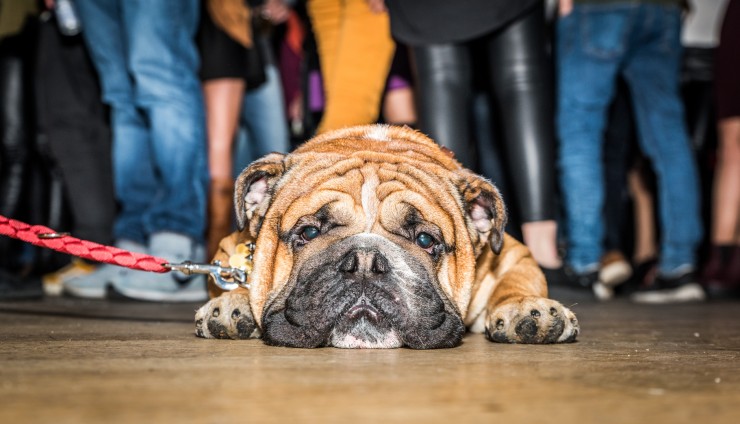 Ten Tips For Keeping Your Dog Calm And Comfortable On New Year’s Eve
Ten Tips For Keeping Your Dog Calm And Comfortable On New Year’s Eve
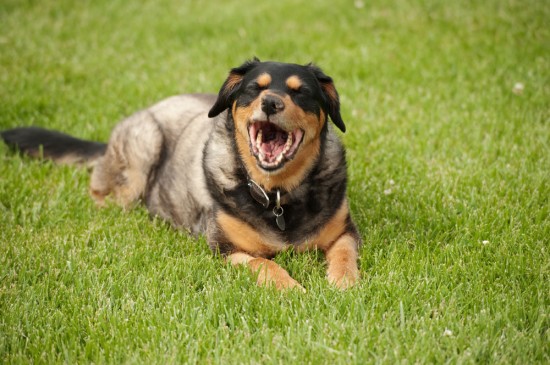 Why Is My Dog Coughing ? Ten Potential Reasons
Why Is My Dog Coughing ? Ten Potential Reasons
 Perfect Pedigree Thailand - Your source for Purebred & Pedigreed puppies
Perfect Pedigree Thailand - Your source for Purebred & Pedigreed puppies
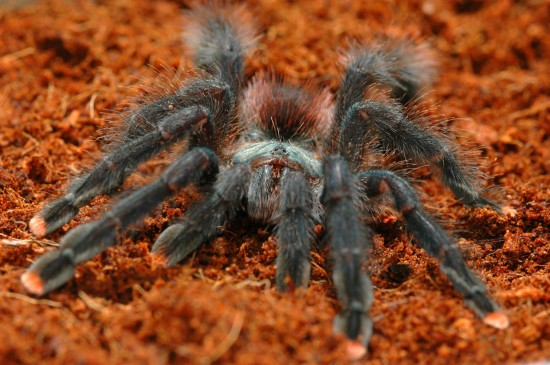 8 Top Facts About Spiders That You Might Not Know
8 Top Facts About Spiders That You Might Not Know
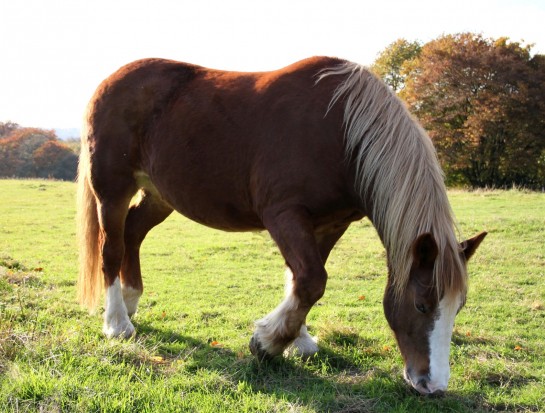 Why Do Horses Rest A Back Leg?
Why Do Horses Rest A Back Leg?
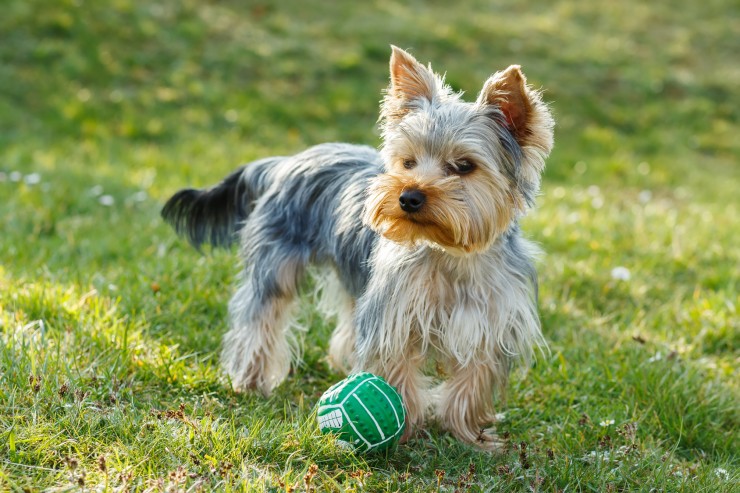 Small Dog Breeds For People Who Lead Active Lives
Small Dog Breeds For People Who Lead Active Lives
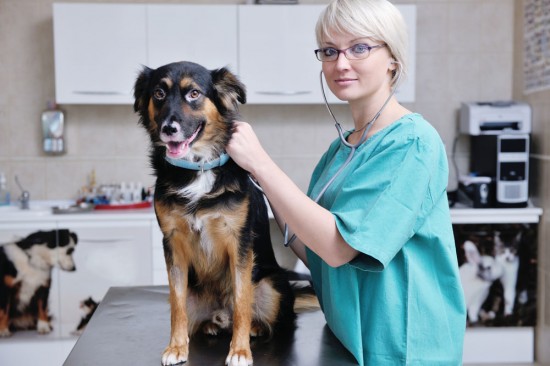 Colitis In Dogs - Symptoms And Treatment
Colitis In Dogs -
Colitis In Dogs - Symptoms And Treatment
Colitis In Dogs -
 Five Often Overlooked Financial Costs Of Cat Ownership
Five Often Overlo
Five Often Overlooked Financial Costs Of Cat Ownership
Five Often Overlo
 The Importance Of Insuring Saddlery & Trailers
The Importance Of
The Importance Of Insuring Saddlery & Trailers
The Importance Of
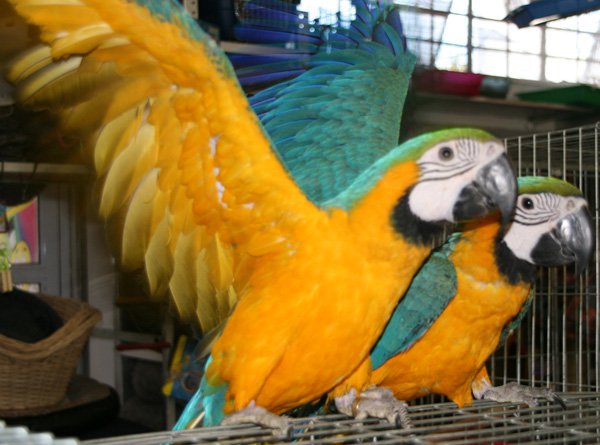 Maintain the aquarium/fish tanks with utmost ease using the right product
Maintain the aquarium/fish tanks with utmost ease using th
Maintain the aquarium/fish tanks with utmost ease using the right product
Maintain the aquarium/fish tanks with utmost ease using th
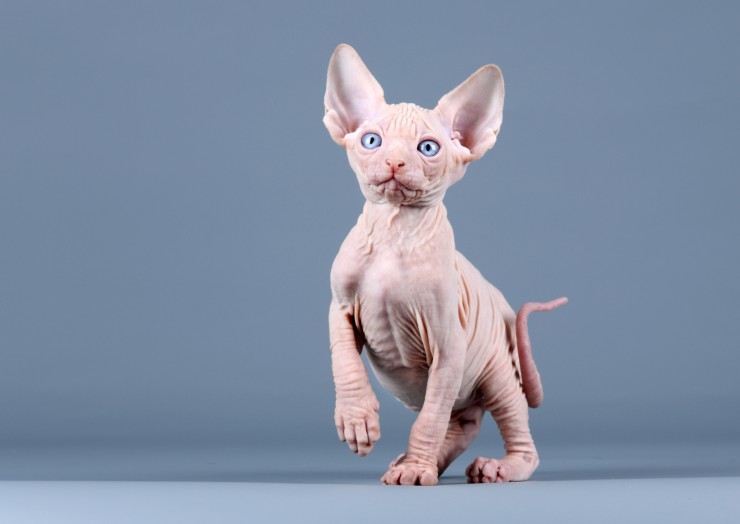 The 5 Best Cat Breeds For An Indoor-only Home
The 5 Best Cat Br
The 5 Best Cat Breeds For An Indoor-only Home
The 5 Best Cat Br